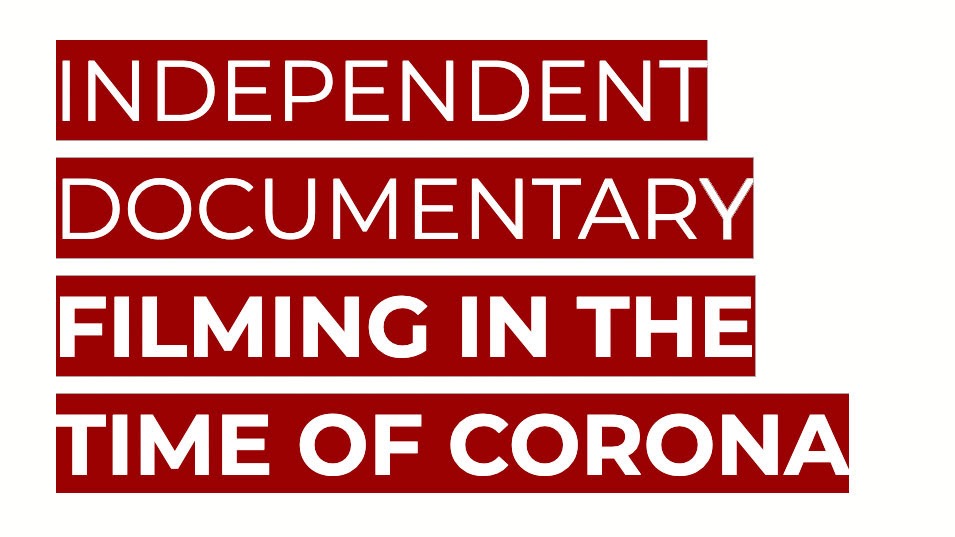 Back to selection
Back to selection
Should We Be Filming At All? Doc Society, Field of Vision and Sundance Institute Partner on Doc Filmmaking Risk-Assessment Guide

Doc Society, Field of Vision and Sundance Institute have collaborated on a risk-assessment guide for non-fiction filmmakers considering shooting during the midst of the novel coronavirus pandemic. The document, “Independent Filmmaking in the Time of Coronavirus,” co-signed by a number of other leading documentary organizations, differs from other such industry guides being circulated at the moment by its three-part structure. Before even getting to the third part — “Corona protocols: what’s the safest way to organize the shoot?” — the guide walks filmmakers through two other checklists.
The first, “The Big Question: Should I be filming at all?”, surveys the various ethical considerations that come into play when, as the document states, COVID-19 has “turned almost every location on earth, outside your own house, into a High Risk Location.”
The guide specifically asks filmmakers to consider the following before even deciding to shoot:
Is there a sufficient public interest to justify my filming now? And, having assessed the risk (and safety measures), is the risk to the film team and others potentially affected by the project (subjects, fixers, vulnerable communities, my family and work colleagues) proportionate to the public interest? If not, the answer is a flat no, and if in doubt, err on the side of caution.
The second section is “The Risk Assessment: What are the consequences of going ahead?” This checklist is broken into five sections — Legal, Journalism, Insurance, Health and Circle of Care — that grill filmmakers on familiar topics that have grown more complex during the pandemic (i.e., insurance, permits) as well as new ones specific to this moment (What PPE is needed by the team? What happens if a lockdown occurs in a shooting location? Do crew or subject have underlying health conditions that make them more vulnerable to the coronavirus?).
The third section is “Coronavirus Protocols: what’s the safest way to organize the shoot?” Here there are the usual recommendations — social distancing, don’t share food and drink items, temperature checks, shoot outdoors if possible — as well as many new and clever ones (sending releases to subjects using Docusign, for example, as well as protocols for transporting equipment).
Finally, the document contains scores of useful article and resource links.
“Independent Documentary Filming in the Time of Corona” is described as “a living document.” Accessed through Google Docs, it will be updated as new information and protocols become available, and the drafters welcome input from members of the community on its improvement.
Co-signing the document are Asian American Documentary Network (ADoc), Asociación de Documentalistas de Puerto Rico (ADocPR), ACOS (A Culture Of Safety) Alliance, Ambulante, American Documentary/POV, Black Public Media, Brown Girls Doc Mafia, Center for Asian American Media (CAAM), Chicken & Egg, DOCUBOX, Impact Partners, Indian Documentary Foundation, Latino Public Broadcasting, National Association of Latino Producers (NALIP), Pacific Islanders in Communications, Perspective Fund, Scottish Documentary Institute, Topic, Vision Maker Media: Native Stories for Public Broadcasting, and others.
